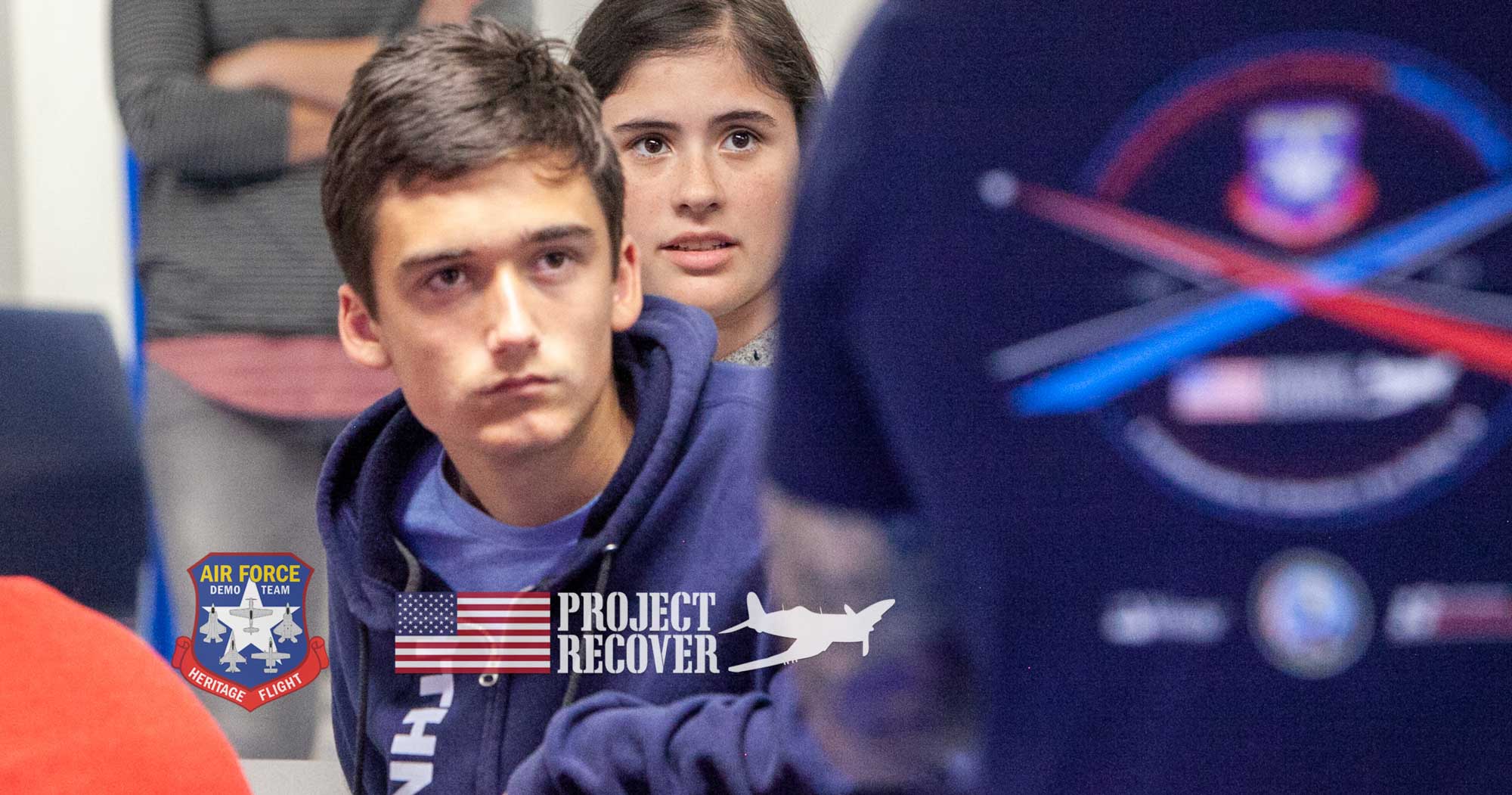
Project Recover partnered with the Air Force Heritage Flight Foundation to teach high school students aboard the USS Midway. We presented the education program to more than 100 High Tech High students in September 2019. Using Mixed Reality (MR) on iPads and a fleet of autonomous and remotely operated sonar equipment to give students hands-on learning opportunities with high technology. The class also used videos, small group discussions, and a panel of instructors to teach about the expertise needed to bring missing service members home. Students were invited to attend the Miramar Air Show that weekend where the USAF F-16 demo team and Heritage Flight performed.
A panel of facilitators taught the students about the variety of expertise needed to bring missing service members (MIAs) home. First, each facilitator offered a short introduction on how they arrived at their current position. Then, they explained their specific job and how they help bring MIAs home. The emphasis invariably was on the importance of choosing a passion and sticking with it. Using small group discussions, videos, a fleet of autonomous and remotely operated sonar equipment and Mixed Reality (MR) on iPads.
“It is much more than just STEM (science, technology, engineering, and mathematics). We want the kids to know that success comes when people are passionate about what they do, are able to work together for a common goal, and understand the rewards of working selflessly,” said Derek Abbey, Project Recover President.
Teaching Students Aboard USS Midway: The Instructors
The Education Program’s facilitators came from Project Recover, Heritage Flight, and SCRIPPS. The team included the following.
- Derek Abbey, Ph.D., USMC Major (retired): specialist in Academics and Leadership, Project Recover CEO/President
- Tommy Williams, USAF Major General (retired): F-16 pilot, Heritage Flight warbird pilot
- Laura Regan, Ph.D., USAF Colonel: forensic anthropologist, Project Recover team member
- Daniel O’Brien: Project Recover team member and administrator
- Harry Parker: professional photographer using photogrammetry to help build 3-D models of underwater wrecks, Project Recover team member
- Heidi Batchelor; GIS (geographic information systems) specialist (SCRIPPS)
- Mike Jilka: Marine Tech (SCRIPPS)
- Brian Kim: Computer System Programmer (SCRIPPS)
- Andrew Nager: Engineer (SCRIPPS)
“Get obsessed, and stay obsessed,” Dan O’Brien, Project Recover director, told the students.
Teaching Students Aboard USS Midway About Teamwork
We used a variety of activities while teaching high school students aboard the USS Midway. Students were asked to work in small groups and determine the careers needed to bring home one of two MIAs. Working in a small group with at least one facilitator, the students began to list the steps and types of expertise needed. High Tech High students in conversation with facilitators gave increasingly sophisticated responses. In a short time, they referred to experts who conduct historical research at the National Archives. In their work, they said they’d call on experts who use sonar technology as well as use DNA technology.
The class was vibrant with discussion as they thought about who could help them locate, document, recover, and identify MIA remains.
- “There must be combat logs. We can get eyewitness accounts where they went down and ask locals,”
- “We’ll use sonar technology to map the ocean floor and narrow it down.”
- “I’m sure there is some kind of tag on the airplane to identify it.”
- “We’ll give the bones to a forensic anthropologist.”
- “We’ll need DNA technology to help identify the remains.”
Afterward, students discussed the unique challenges of leading a group of experts. Students again showed their understanding of the nature of teamwork. Their answers emphasized communication, collaboration, coordination, and conveying the value of every person and every expertise.
Technology to Bring MIAs Home
Innovative technology is a vital component of finding and repatriating MIAs. In addition to listening to and engaging in conversation with people who worked in high tech fields, students had an opportunity to handle high tech equipment. Scripps Institution of Oceanography brought in marine sonar equipment for the students to investigate. The equipment included a REMUS 100 Autonomous Underwater Vehicle (AUV), a Barracuda Remotely Operated Vehicle (ROV), and a Dive Navigator. Additional equipment on display included full-face scuba masks and comm systems, and a variety of archaeology tools.
Students also had a chance to engage with mixed reality (MR). The Project Recover team introduced iPads with an app that enabled students to have a 360-degree visual experience of flying behind the pilot in an Air Force Heritage Flight Foundation warbird. When they looked around, students would see they were flying in formation with a modern fighter; F-16, F-22, or F-35 as a wingman. They would also have a chance to see a 3-D model of an underwater World War II plane crash site.
Why Do We Bring MIAs Home
Project Recover team members told the students stories of American war heroes who have been missing in action (MIA) for more than seven decades, the importance of bringing them home, and the impact it has on family and community.
“They were just like you. They had plans, but they gave up all of their tomorrows for their country. It is important we are not only aware of it but internalize it,” said Tommy Williams.
“Even though they died many years ago, they are still a part of my tribe,” said Colonel Laura Regan, Ph.D.. “I can think of no more noble mission than to bring home our fallen.”
Derek shared that his squadron in the United States Marine Corps existed during World War II. “The very first person we found when I started working with Project Recover was a squadron mate.”
Miramar Air Show
Heritage Flight and Project Recover hosted students, parents, and teachers at the Miramar Air Show on Sunday, September 29th. This allowed for more engagement with facilitators. They also got a tour of the flight line and an F-86 Sabre walk-around with Kevin Eldridge. The F-16 demo team and the US Army Golden Knights visited to answer questions and engage with the students.
Mission Success
Project Recover thoroughly enjoyed teaching High School High students aboard the USS Midway. It was our hope that the students got something out of their time with us. We have ample reason to think they did.
Teacher and student feedback was overwhelmingly positive, and Project Recover’s pilot educational program was successful. Teachers were delighted with their students’ level of interest. Students were attentive, engaged in discussion, and curious to know more. They resonated with many of the careers discussed as well as the passion, leadership, and teamwork to make any mission a success.
We are honored to help educate our country’s youth on the importance of recognizing our service members past and present. Further, we are privileged to introduce a broad spectrum of careers contextually, as well as teach them the importance of finding a passion, working as a team, and the rewards of working selflessly.
Read More About Project Recover
- Two WWII B-25 Bombers Documented by Project Recover Off Papua, New Guineas
- Albert P. “Bud” Rybarczyk, WWII Radioman, Buried After MIA for 73 Years
- Project Recover Attends Ceremony for Battle of Peleliu 75th Anniversary
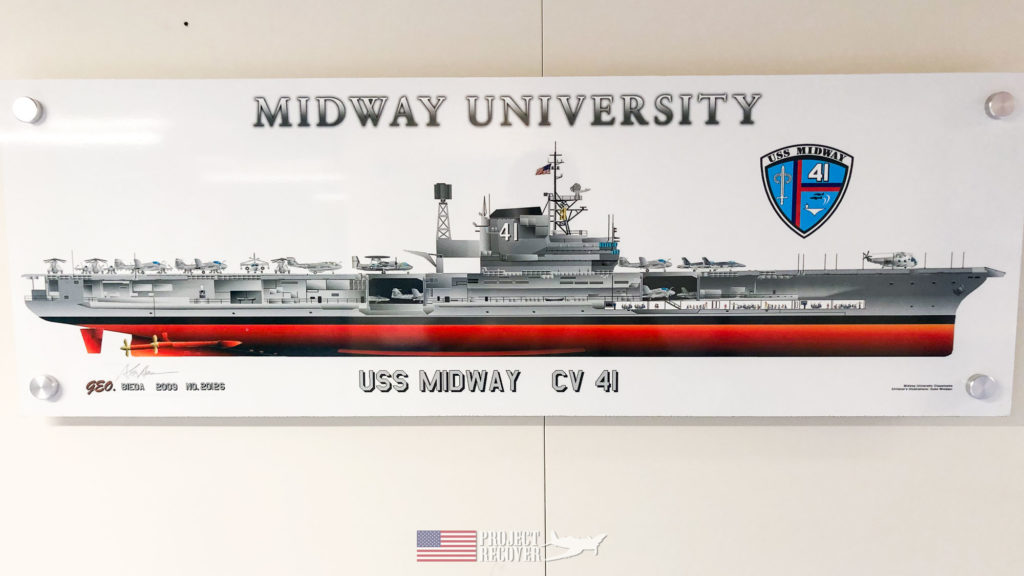


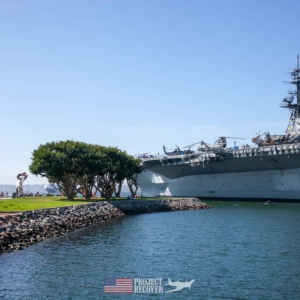
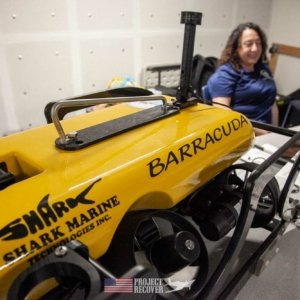
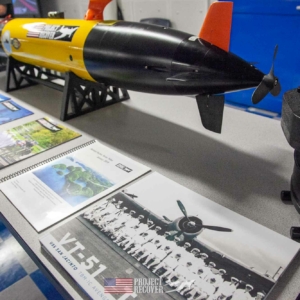
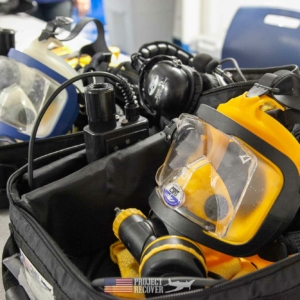
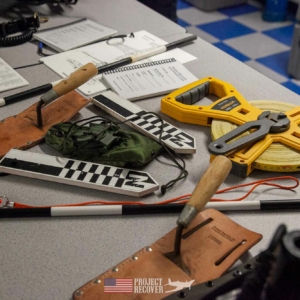
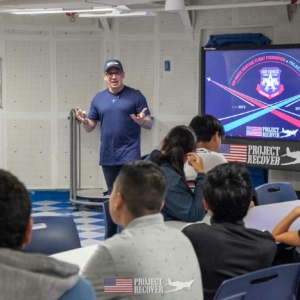
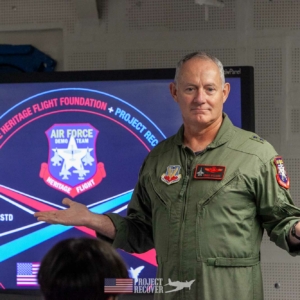
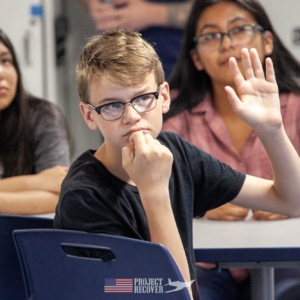
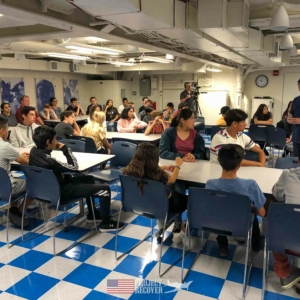
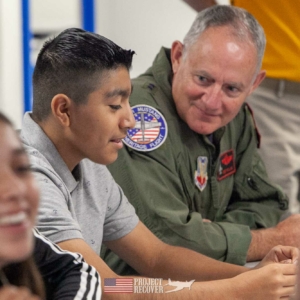
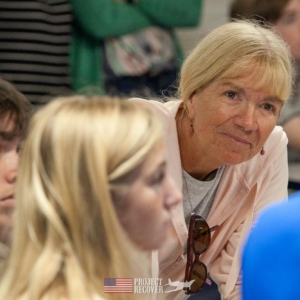
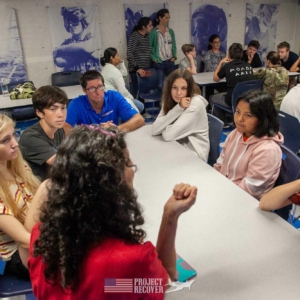
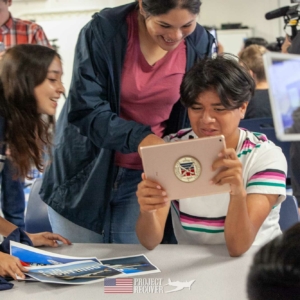
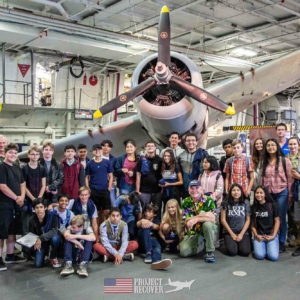
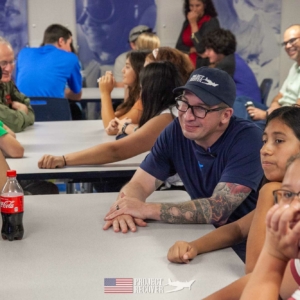
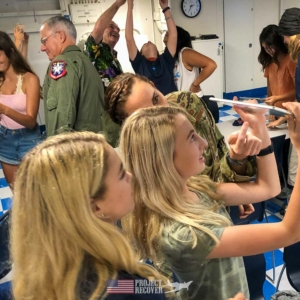
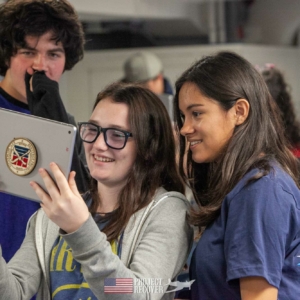
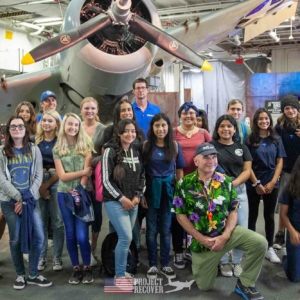
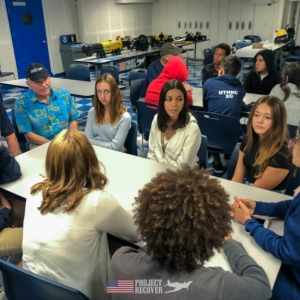
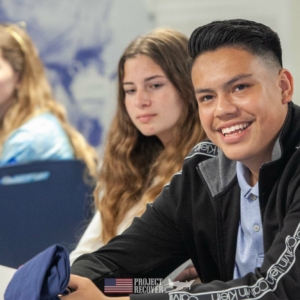
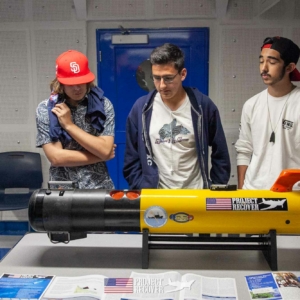
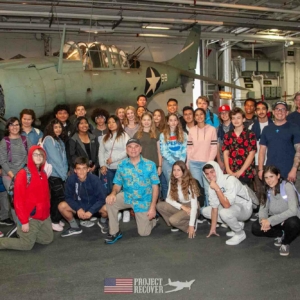
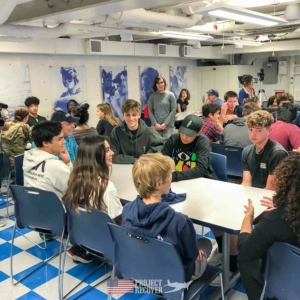
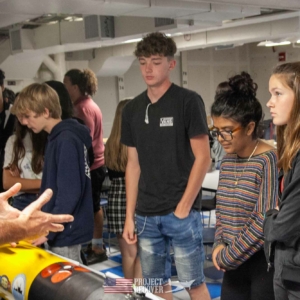
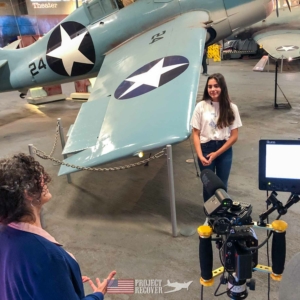
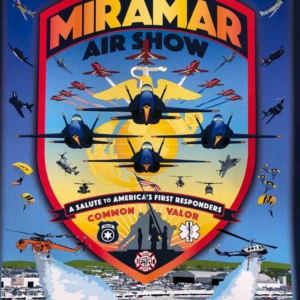
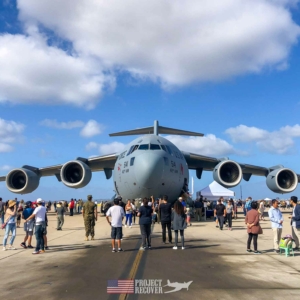
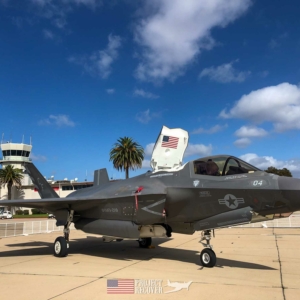
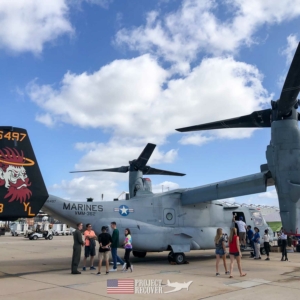
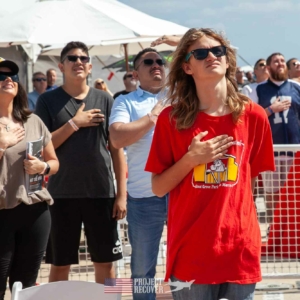
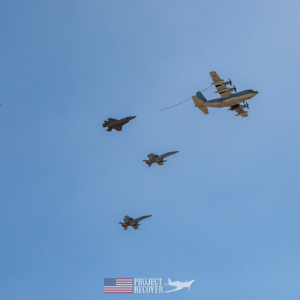
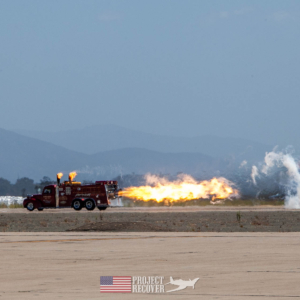
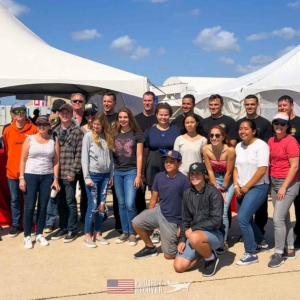
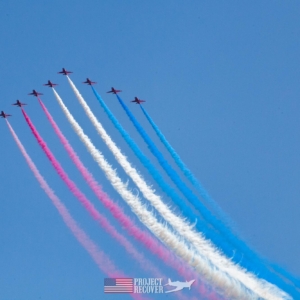
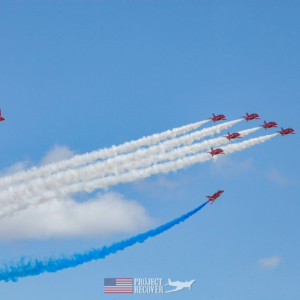
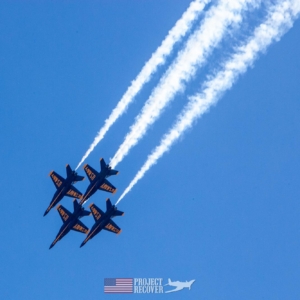
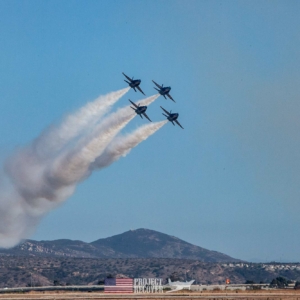
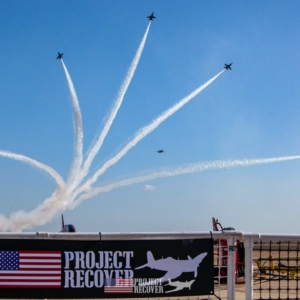

i wish i had teachers like this
a very enthusiastic group of students and teachers!!
Excellent opportunity for these young students to learn how it is important the Project Recover initiative and how much it is demanding in terms of techonlogy.
A terrific day
Thank you Aldo!
This was great! I wish I was able to take field trips like this when I was younger. I liked how this event was able to spark some serious interest in these students.
Thanks Chris!
Interesting concept. How can it be implemented outside of the San Diego area?
That was the plan in motion, then COVID hit. We were working in conjunction with https://www.airforceheritageflight.org/ to expand to their nation-wide air show performances with the US Air Force demo teams, https://www.airforceheritageflight.org/about
what an awesome program and experience!!
This is a model of how to get students — high school and undergraduate — to engage with the past in a way that connects it to the present!